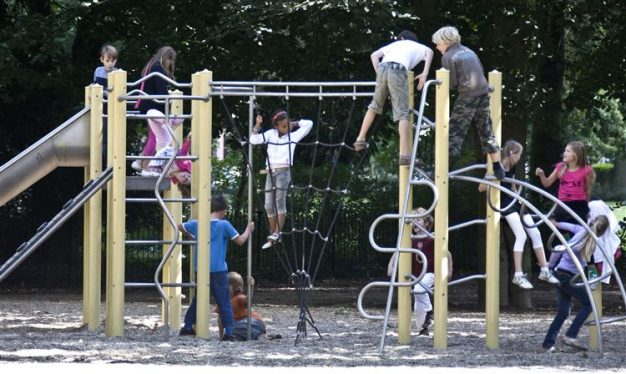
Designing cities without play spaces alienates the young from the public
A research shows that the qualtity of urban life suffers when children and youth are excluded from actively participating in creating play areas within the public space and that they should be given the opportunity to do so. Jawaid Haider, professor of architecture in Pennsylvania, concluded that growing profit-making privatization of leisure spaces leads to social exclusion of young people from public spaces.
“Children’s play is generally controlled and structured by adults, which often deprives them of the possibility to be self-reliant and acquire spatial understanding. Children instinctively seek to become empowered; they have the capability and resilience to create opportunities for play and educational experiences in public space.”, said Haider.
Haider raised the importance of how a city must be receptive to children as a social group and acknowledges them as participants of social communities.
“Growing privatization of leisure space for the purpose of profit making leads to the social exclusion of young people from public spaces. This phenomenon ignores play and spatial mobility in the city; consequently, long established play and gathering places, such as streets, alleys, and open spaces are becoming inaccessible to children and youth.”, explained Haider.
Intergenerational approach is missing
In Haider’s view, new commercial developments recognize these drawbacks, but many recreational public spaces are rather ineffective commercially or engaging for intergenerational gathering.
Haider proclaimed that there is an urgent need to explore possibilities for a viable combination of commercial and public activities creating “free” intergenerational public spaces in cities with an emphasis on children and youth. Hence there is a need for children’s active participation in the decision-making process
“Current planning approach ignores even the most essential dimensions of a public experience, such as educational value, healthy entertainment, meaningful novelty, and aesthetic qualities.”, says Haider. Haider supported the idea that it is necessary to include children’s ideas in the planning process.
Let the young participate in planning and design
“How can we design public space conducive to public play that contributes to children’s spatial mobility and what are some of the design qualities that should be considered in this process? What can we do to reclaim public spaces, including streets, and insure they are truly inclusive?”, raised Haider.
“The inclusive perspective on design and planning is a powerful tool to rejuvenate public space for the young. Without creating play spaces that are truly inclusive and democratic, communities invariably become segregated by age, as well as by social, physical, and emotional differences. This segregation results in alienation of the young from the public realm and consequently our urban culture is impoverished. Understanding the extent and limits of children’s spatial mobility is therefore of paramount importance for planners.”, believes the professor, Jawaid Haider.
Source:
Jawaid Haider, Professor of Architecture at the Penn State University in The Pennsylvania State, presented at the Child in the City conference in Stuttgart his paper titled:
Towards Inclusive Design and Planning in the Public Domain
Critical Reflections on Children’s Spatial Mobility and Experiences




